How to Clean Mould
Identifying Mould vs Mildew
Mould, appearing in various colorings with a thicker texture, poses critical health risks and causes structural damage. Mildew, generally white or grey and powdery, is much less harmful and less difficult to treat. Recognizing their differences is vital for making use of suitable treatment methods and ensuring healthful surroundings.
What Is Mildew?
Mildew is a surface fungus, typically appearing as a white or grey patch, thriving in moist and heated areas, including the bathroom and kitchen. It’s much less dangerous than mould, but can cause unpleasant odours and degrade surfaces.
What Is Mould?
Mould is a pervasive fungal infection, generally manifesting as green or black damp patches. It grows in damp, poorly ventilated areas, emitting toxins that may be dangerous to human health.
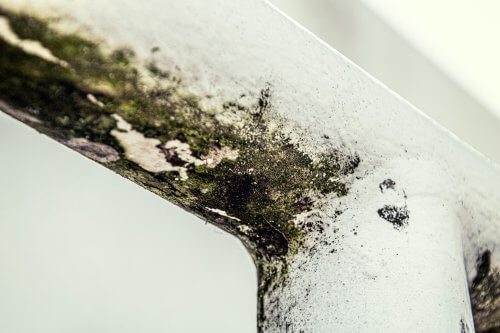
Causes of Mould
Mould growth is on the whole fueled by condensation and too much moisture, which find their way onto cooler surfaces like windows, crevices, and secluded nooks, in particular, humid environments like the bathroom.
As moisture accumulates, it encourages the growth and appearance of mould spores, which can in no time colonise surfaces, embedding into porous elements and spreading swiftly. Drying clothes indoors is another subtle cause of mould in your house.
Safety Precautions
When removing mould, prioritising protection is important. Protective Personal Equipment (PPE) is important to guard oneself from direct exposure to harmful mould spores. This consists of carrying masks, long rubber gloves, and goggles to protect you from inhalation or skin contact.
Introduce containment for the affected region; mould will release mould spores, so you must keep them from spreading throughout the cleaning procedure. This can include sealing off the room or using plastic sheeting.
Using a spray bottle will make it quite easy and safer to apply cleaning solutions to the affected area. These steps are essential in keeping a secure environment whilst properly clearing off mould from walls.
Necessary Tools and Supplies
Start with deciding on the right mould removal solutions, such as anti mould paint, which are specifically designed to fight mould and are appropriate for the surface you are treating, whether it’s tile, wood, or drywall.
The kind of scrubbing tools you use is equally critical; opt for stiff brushes or scrubbers that can efficiently get rid of mould without damaging the underlying material.
To prevent the spread of mould spores and protect unaffected regions, use plastic sheets to seal off the work surface. This containment is vital in order to maintain the condition of the surrounding areas.
Personal Protective Equipment (PPE) is non-negotiable. Rubber gloves, goggles, and masks are important, and it’s vital to observe the manufacturers’ recommendations before using them. These tools protect you from direct contact with harmful mould spores, as well as the chemical compounds used in mould elimination.
Step-by-Step Mould Removal
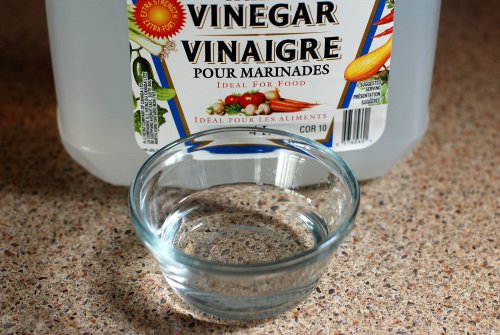
When removing mould, first prepare the area: take out your equipment and cover the whole area to shield it from mould spores. Utilise specialised cleaners and pre-treat the surfaces to loosen the mould.
Carefully scrub the affected areas to eliminate all the mould without damaging the underlying surfaces. After thorough scrubbing, it’s critical to allow adequate drying time, ensuring the space is without moisture, which allows mould to flourish.
Prepare Work Area
Preparing the work area is the initial step in mould removal. Start by removing furniture and decorations from the targeted area to save you from contamination. Then, meticulously cover floors and surfaces with protective plastic sheets, making sure of a safe environment that allows effective and safe mould eradication, while safeguarding the encompassing space.
Remove Mould
Begin the process of removing mould by slightly moistening the affected walls, which helps loosen the mould. Put on personal protective equipment (PPE) to make sure you’re safe.
Utilise stiff-bristled brushes, moving in mild circular motions, paired with effective mould cleaning solutions to remove mould infestation. In cases of intense mould damage, wall replacement is probably vital. Always use a fresh, clean and damp cloth to avoid cross-contamination.
Once the cleaning is done, wipe dry the walls very well to eliminate any residual moisture, thereby decreasing the probability of mould recurrence. You can also apply anti mould paint to prevent future recurrence.
Stubborn Stains
Address persistent stains after preliminary mould cleanup with vinegar or commercial removers, adhering strictly to the manufacturer guidelines. These cleaning solutions fight stubborn residue, clearing the way for effective elimination.
Dry Surfaces
It is crucial to allocate enough time for surfaces to dry very well. This drying step is critical to ensure the complete removal of residual moisture, which, if left unchecked, could facilitate the regrowth of mould.
Natural/DIY Solutions
When it comes to removing mould, natural and DIY solutions are in high demand for their qualities such as safety, environmental friendliness, and effectiveness. Items like tea tree oil, baking soda, hydrogen peroxide, vinegar, and grapefruit seed extract aren’t only easy to find, but also kill mould because of their special properties like acidity, moisture absorption, antifungal, fungicidal, and antimicrobial traits.
Vinegar
Vinegar is known for its acidity, which enables it to break down mould structures and prevent mould growth, making it a super choice for natural mould cleansing. Its acetic acid content is effective as a mould killer without the poisonous fumes associated with artificial chemical-based cleaners.
Baking soda
Baking soda is widely known for its moisture absorption capabilities. It not only eliminates the moisture that mould flourishes on, but additionally acts as a mild abrasive, helping to wash away mould whilst deodorising the area, leaving surfaces smooth and free from odours.
Hydrogen peroxide
Hydrogen peroxide shines with its antifungal and antibacterial components, which effectively kill mould spores and floor moulds. Its bubbly action helps it to penetrate deeply, ensuring thorough eradication of mould, particularly in porous surfaces like tile grout.
Tea and grapefruit
Tea tree oil and grapefruit seed extract are recognised for their powerful antifungal and antimicrobial properties, serving as herbal fungicides that not only effectively act as a mould killer, but also prevent its recurrence.
Natural/Commercial Products
Tackle excessive mould troubles with effective commercial cleaners, produced with effective substances like ammonia, bleach, and enzymes, renowned for their ability to kill mould infestations.
Additionally, bear in mind wood cleaners for wooden surfaces, ensuring the selected product is strong and helps to eliminate mould, as well as safeguarding the integrity and appearance of the floor. These carefully selected solutions are crafted to kill mould infestations and stains, supplying a sturdy solution to mould challenges.
Natural/Prevent Regrowth
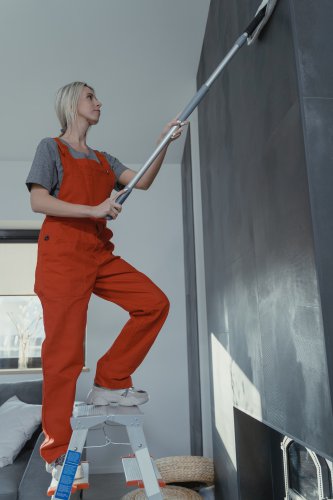
To ward off black mould growing back, prioritising moisture management and enhancing air flow is crucial. Dehumidify to systematically minimise indoor humidity, and set up an environment that will not be conducive to mould survival.
Ensuring good airflow with the assistance of exhaust fans or open windows facilitates the elimination of wet air, which mould requires to thrive. Additionally, you can use an effective anti mould paint to prevent the growth and spread of the mould.
Moisture Control and Ventilation
Effective moisture control and air flow are crucial in retaining mould-free surroundings. Keeping indoor humidity levels beneath 50 percent is important; this will be possible when you dehumidify, which actively removes excess moisture from the air. Fix leaks without delay. This prevents moisture accumulation, a well-known cause of mould growth.
Enhancing airflow through the use of fans, making sure windows are always open, and putting in additional vents guarantees that rising damp air is correctly circulated and expelled. Insulating cold surfaces can help lower condensation, which is a major cause of mould growth.
Maintain Walls
Maintain the state of your walls by cleaning them thoroughly and getting rid of anything that can encourage mould growth. To prevent moisture buildup, be vigilant about identifying and sealing leaks, as well as controlling condensation.
Make sure that damp walls are sufficiently sealed to remove excess moisture from the outside.
It is also important to add that anti mould paint will help to maintain the state of both interior and exterior walls’ appearance and structure. For the floor, applying tile grout will also help to cover up spaces in between tiles.
By putting these precautions in place, walls will be resistant to mould growth, while maintaining their structural integrity and visual appeal.
Professional Services
With the knowledge and resources to handle these problems in a safe and efficient manner, specialised mould remediation services can guarantee complete eradication and accurate damage assessment.
Conducting this type of thorough investigation ensures that the mould remover you hire is capable of handling the intricacies of removing mould, especially when the mould is widespread, hidden, or could be causing health issues.
We have certified employees who can deal with big mould problems professionally and accurately. To achieve a mould-free situation in your homes or offices, you need eMop. For more information about our services, visit our website here.
Conclusion
In conclusion, the key techniques for mould cleansing emphasise prevention, powerful treatment, and daily maintenance. Employing a mixture of herbal remedies, commercial supplies, and expert services guarantees complete mould eradication.
Pay attention to moisture control, allow air to circulate, and maintain walls from time to time. These steps are paramount in preventing mould recurrence, securing a healthy and mould-free environment.
FAQs
How can painted walls be free of mould?
When cleaning painted surfaces of mould, use a moderate detergent and water mixture, or a cleaning solution as directed, rinsing well afterwards and drying entirely to stop the growth of the mould.
How can mould on walls be permanently removed?
Eliminate mould from walls for good by using fungicidal cleansing products, addressing where moisture comes from, ensuring proper ventilation, and keeping an eye out for any early symptoms of regrowth.
Is it possible to paint mould?
Painting over mould is not a good idea; it will make the situation worse. Always remove mould thoroughly and deal with the moisture supply earlier, instead of making use of mould-resistant paint to prevent recurrence.
Is it okay to remove black mould on your own?
If you wear the right safety equipment, cleaning tiny patches of toxic black mould yourself can be safe; but, large infestations should be left to the specialists.
My bedroom wall is mouldy; why is that?
Mould growth in bedrooms is usually caused by an abundance of moisture, poor ventilation, condensation, or water leaks. These conditions provide an ideal setting for the formation of mould.
How can I prevent mould growth in my bedroom during the winter months?
Use a dehumidifier, keep humidity levels low, make sure your home is well-ventilated, and respond quickly to any leaks or moisture to avoid bedroom mould in the winter.

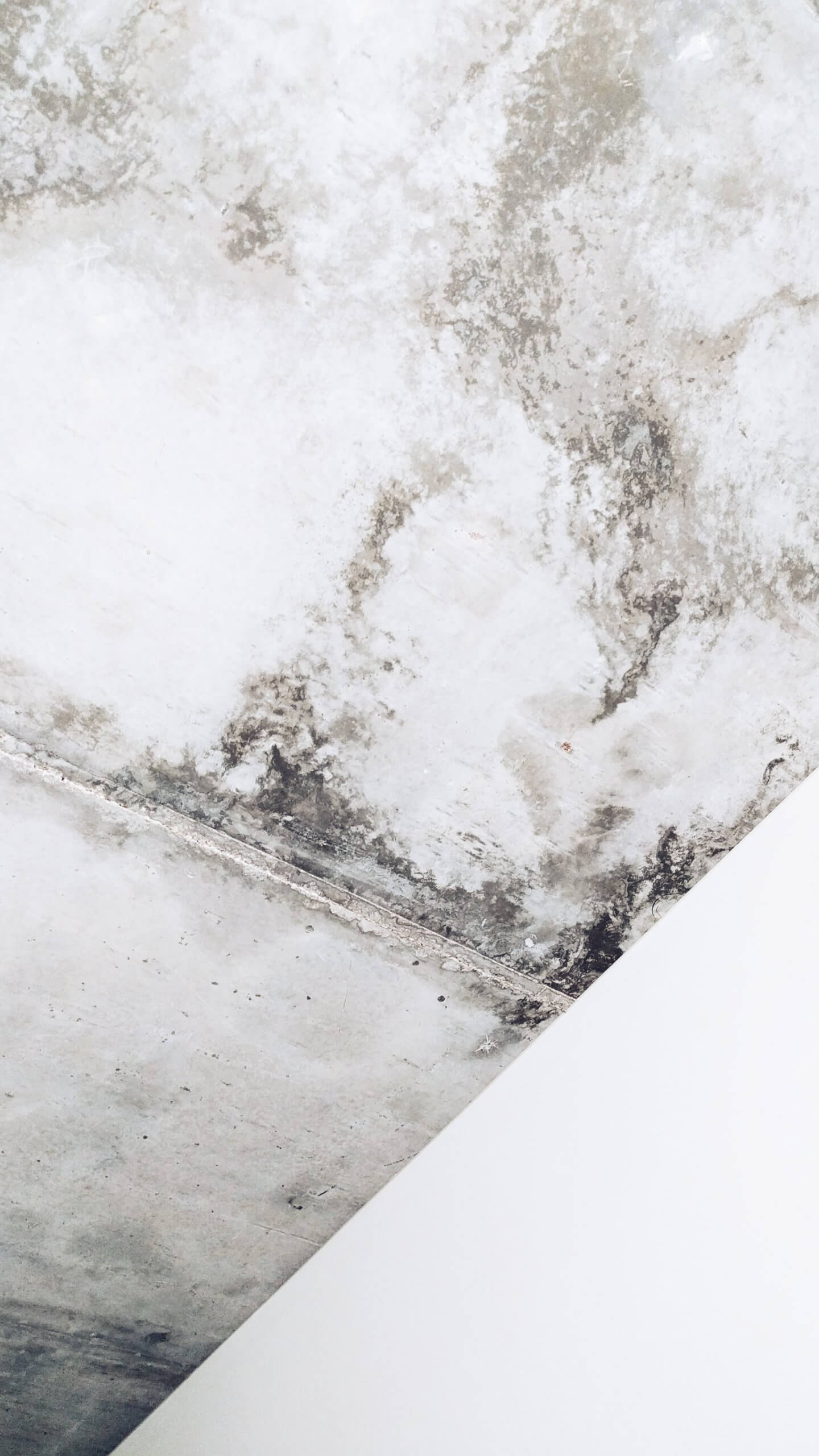



 Blog
Blog
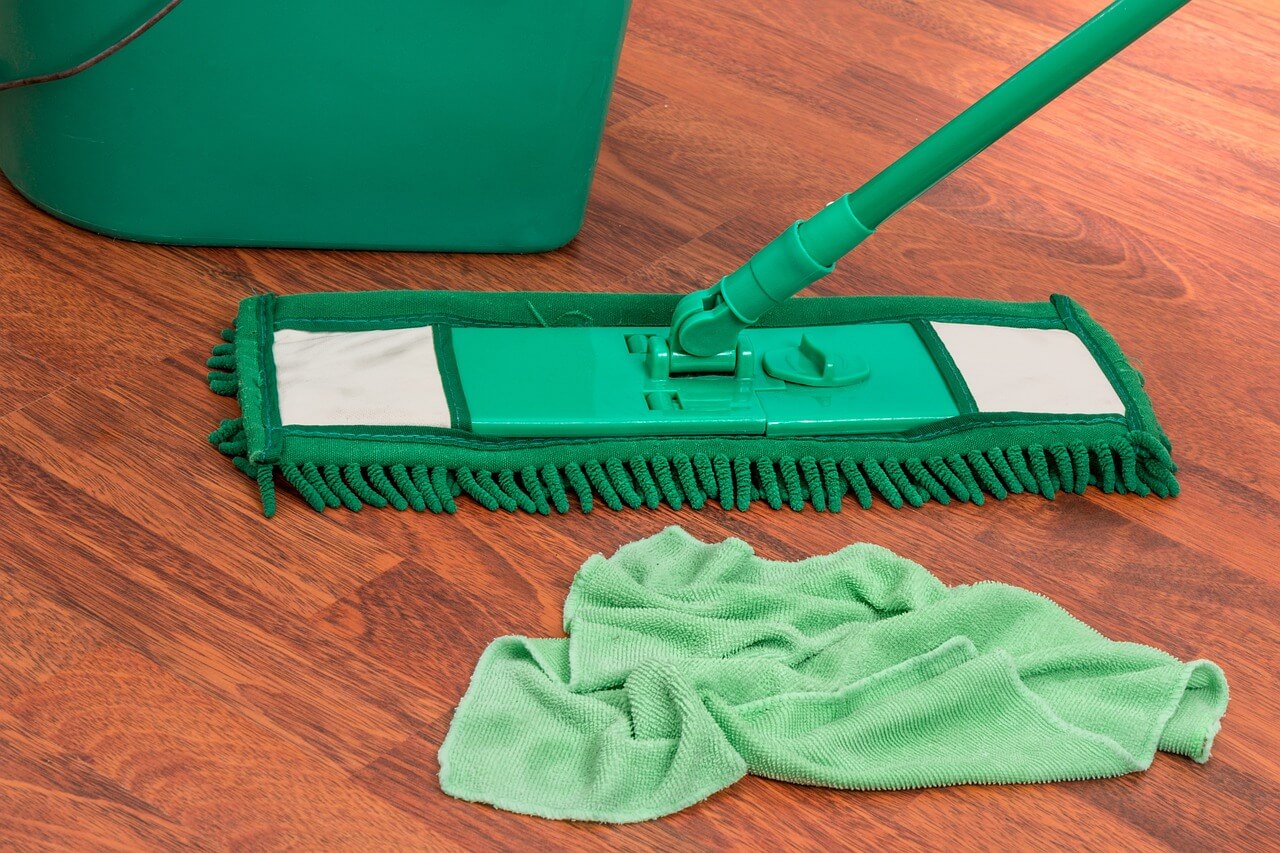
 Previous Post
Previous Post